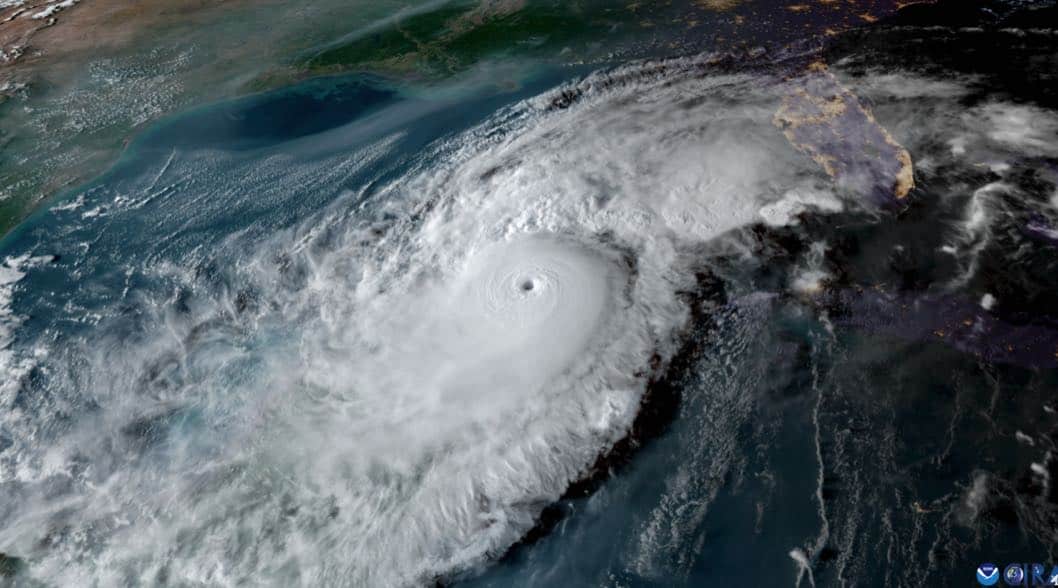Forecasters within the US National Oceanic and Atmospheric Administration’s National Weather Service predict above-normal hurricane activity in the Atlantic basin this year.
NOAA’s outlook for the 2025 Atlantic hurricane season, which goes from June 1 to November 30, predicts a 30% chance of a near-normal season, a 60% chance of an above-normal season and a 10% chance of a below-normal season.
The agency is forecasting a range of 13 to 19 total named storms (winds of 39 mph/63 kph or higher). Of those, six to 10 are forecast to become hurricanes (winds of 74 mph/119 km or higher), including three to five major hurricanes (category 3, 4 or 5; with winds of 111 mph/179 kph or higher). NOAA has a 70% confidence in these ranges.
Commerce Secretary Howard Lutnick said:
“NOAA and the National Weather Service are using the most advanced weather models and cutting-edge hurricane tracking systems to provide Americans with real-time storm forecasts and warnings. With these models and forecasting tools, we have never been more prepared for hurricane season.”
While acting NOAA Administrator Laura Grimm added:
“As we witnessed last year with significant inland flooding from hurricanes Helene and Debby, the impacts of hurricanes can reach far beyond coastal communities. NOAA is critical for the delivery of early and accurate forecasts and warnings, and provides the scientific expertise needed to save lives and property.”
The season is expected to be above normal – due to a confluence of factors, including continued “ENSO-neutral conditions,” warmer-than-average ocean temperatures, forecasts for weak wind shear as well as the potential for higher activity from the West African Monsoon, a primary starting point for Atlantic hurricanes. All of these elements tend to favor tropical storm formation, according to NOAA.
The high activity era continues in the Atlantic Basin, featuring high-heat content in the ocean and reduced trade winds. The higher-heat content provides more energy to fuel storm development, while weaker winds allow the storms to develop without disruption, NOAA warns.
This hurricane season also features the potential for a northward shift of the West African monsoon, producing tropical waves that seed some of the strongest and most long-lived Atlantic storms.
NOAA’s National Weather Service Director Ken Graham said:
“In my 30 years at the National Weather Service, we’ve never had more advanced models and warning systems in place to monitor the weather. This outlook is a call to action: be prepared. Take proactive steps now to make a plan and gather supplies to ensure you’re ready before a storm threatens.”

